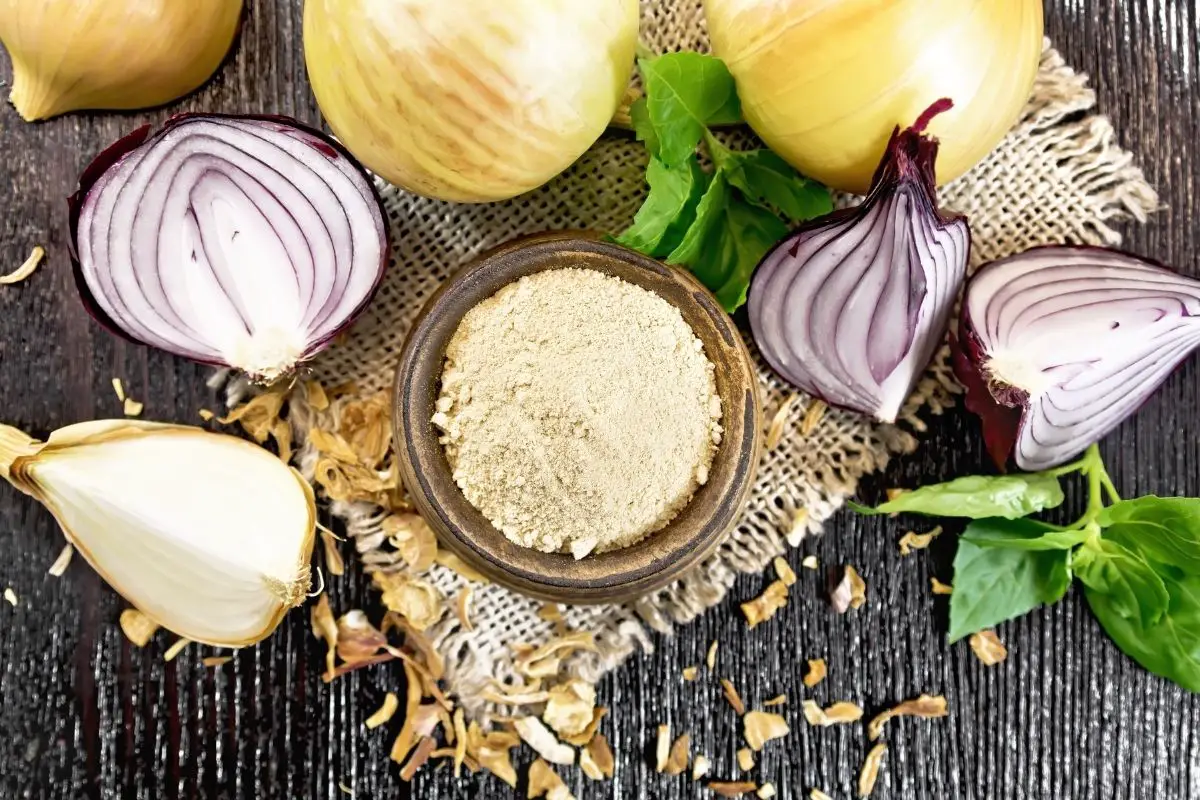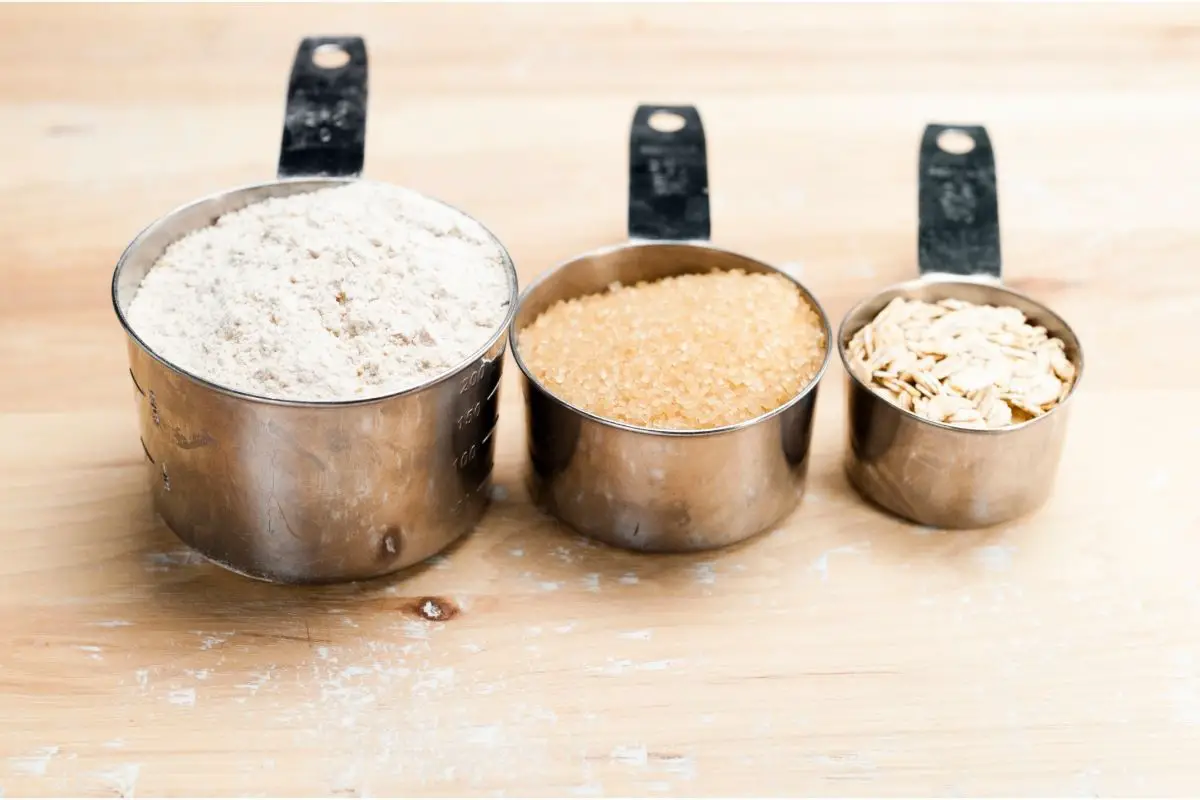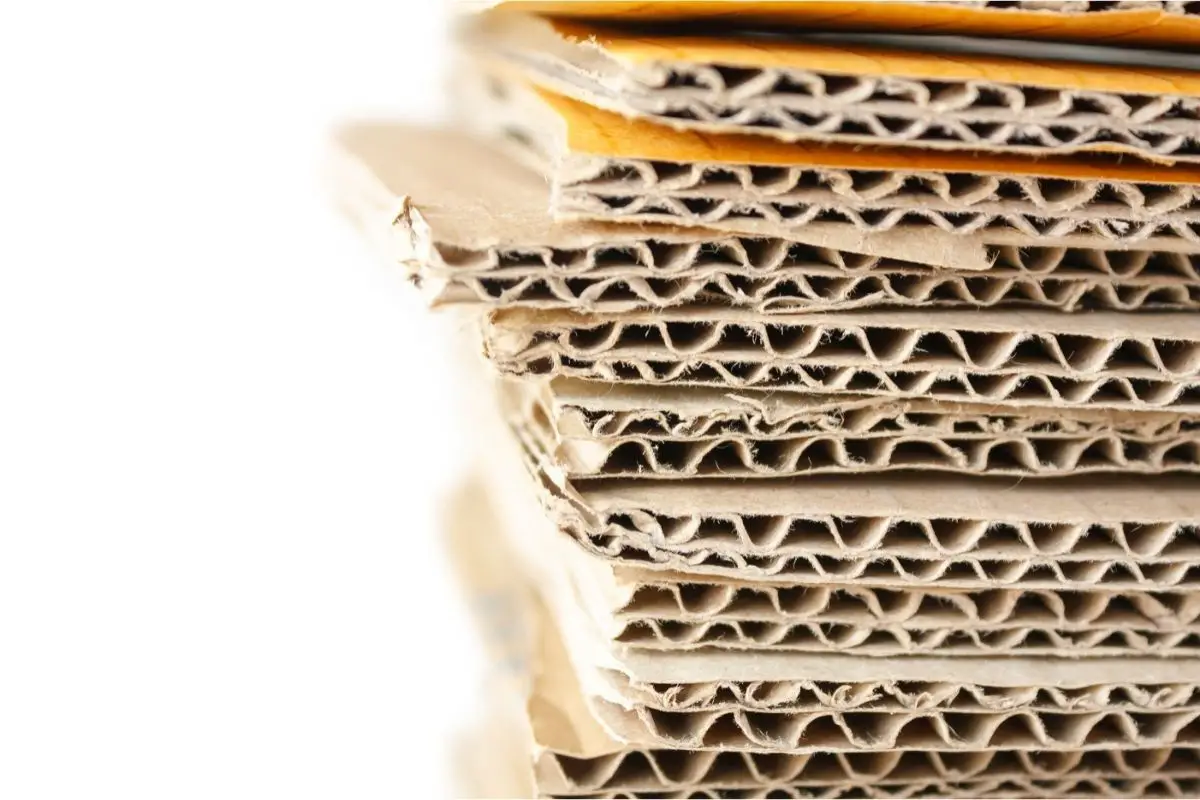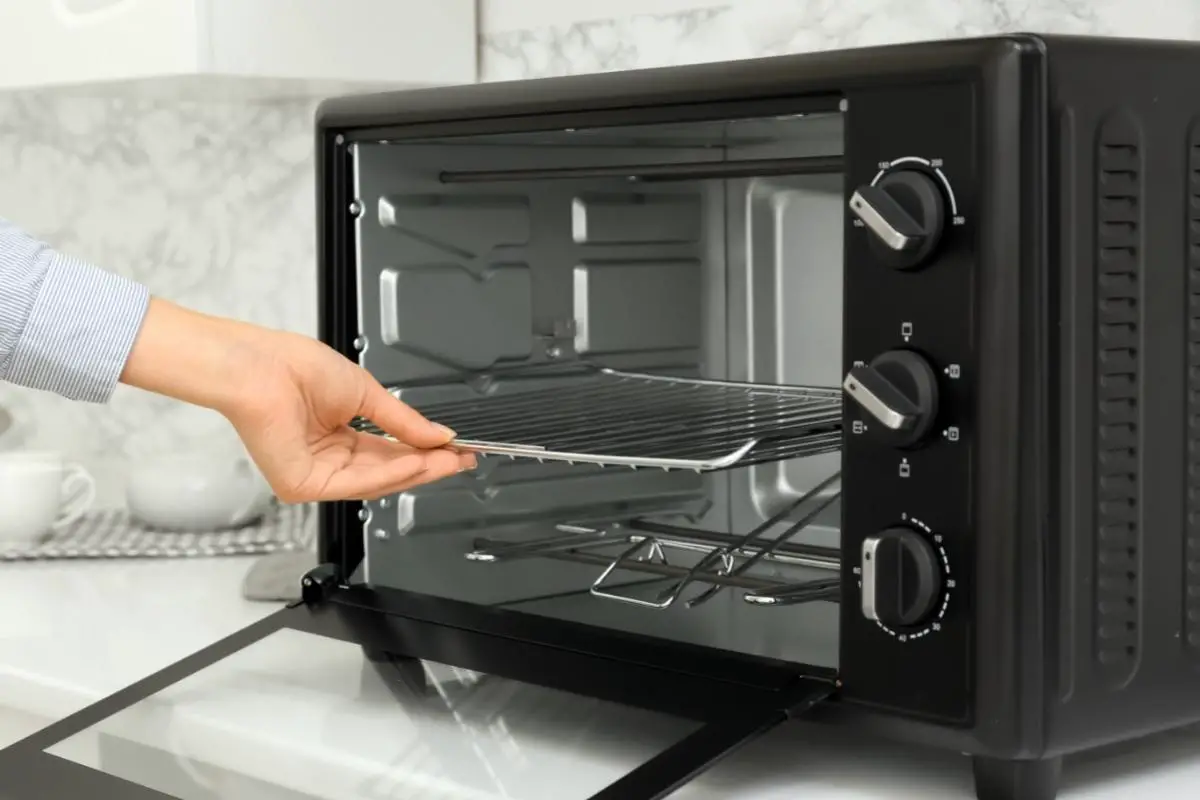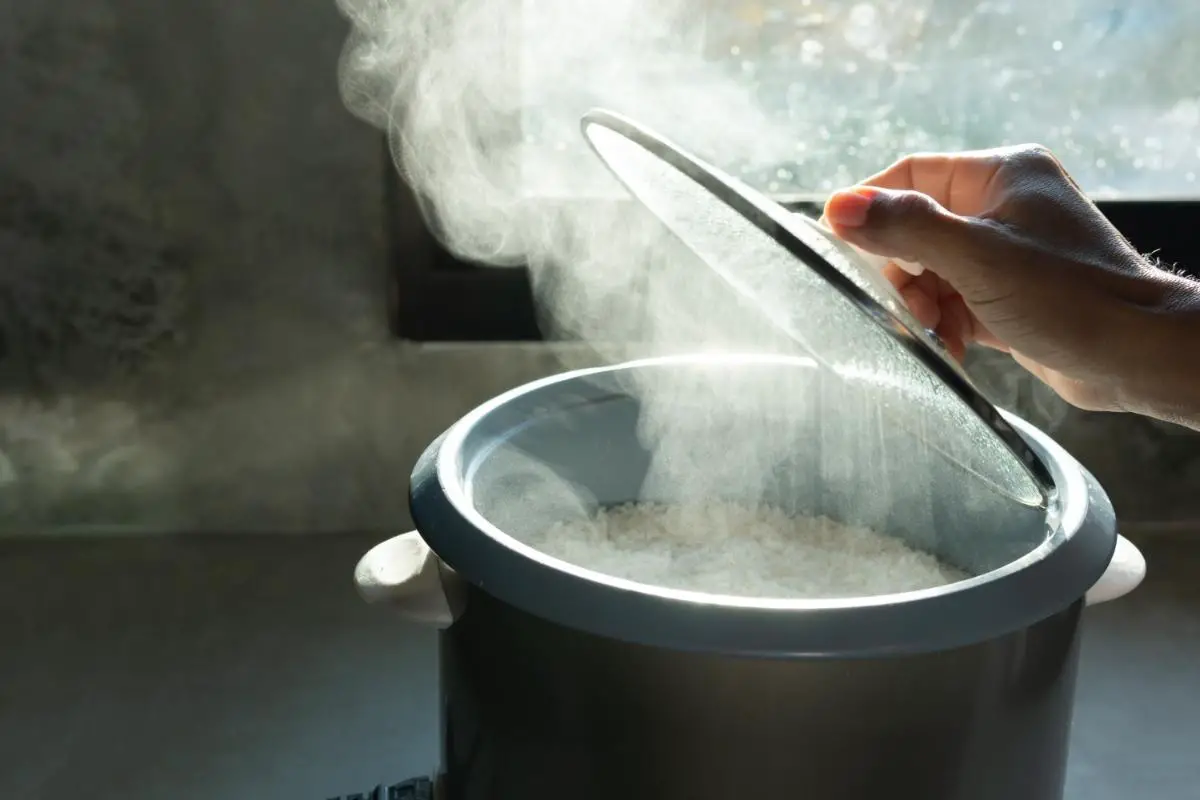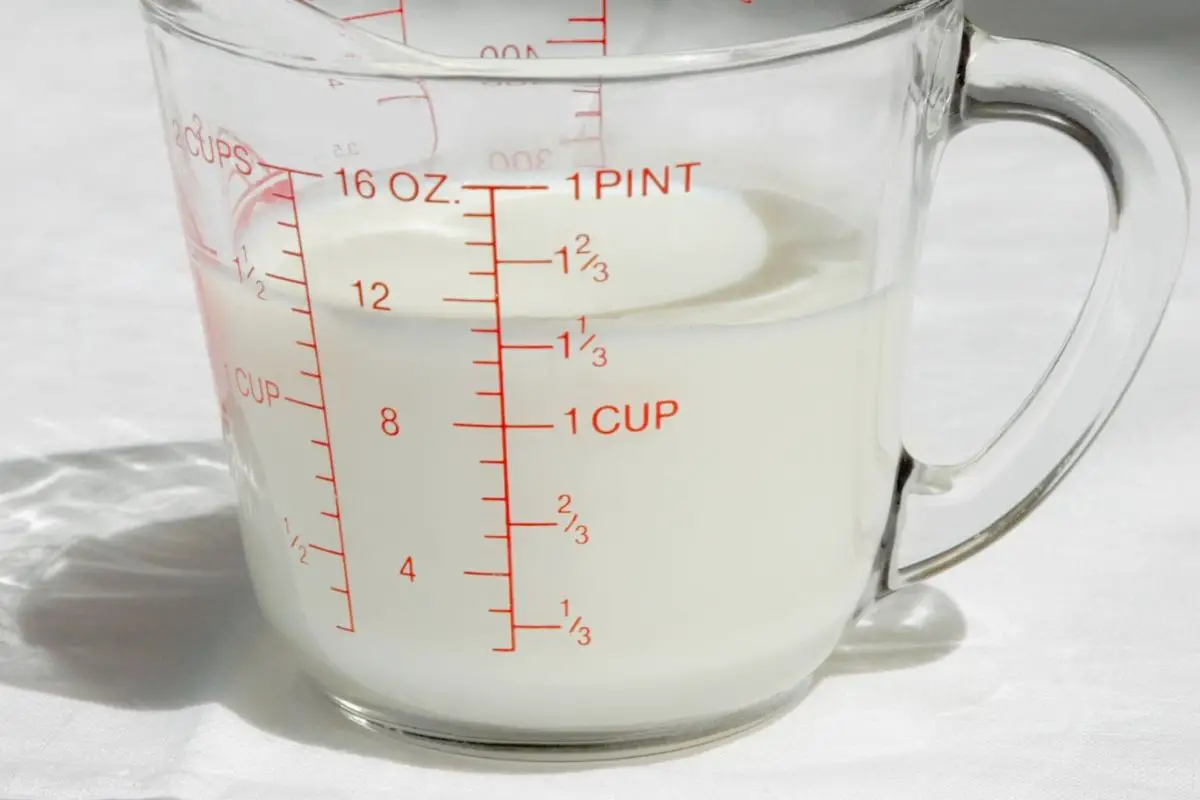Many different techniques are used to measure and keep track of ingredients for cooking, and it can become annoying when you fail to have the right measuring resources in the kitchen for the recipe you are using.
Whether it’s a European book or they just decide to use a different unit of measurement, you might be wondering what the cup conversion is for your ingredients.
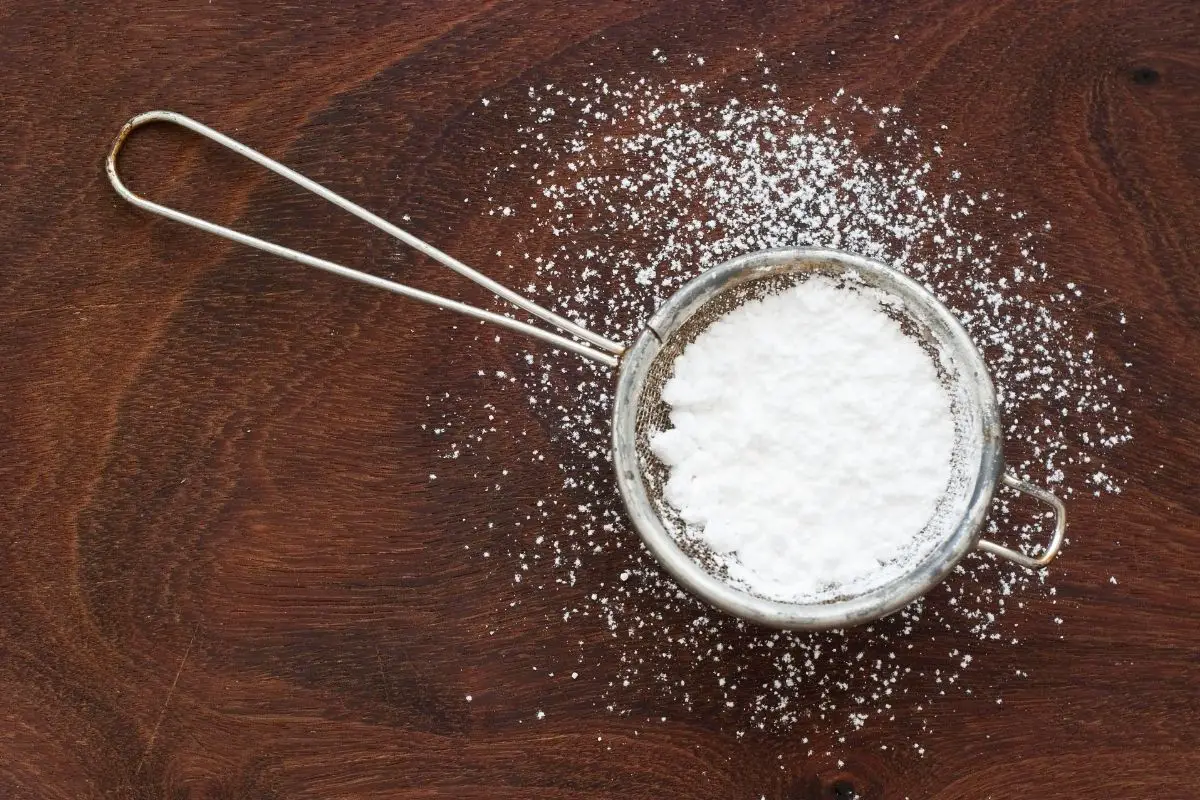
In this article, we will guide you on the number of cups in one pound of sugar. We’ll go into conversion charts and explain the whole process.
Before we begin, it’s important to realize that measurements can differ according to the form of sugar in your recipe. When using finer sugar, it will be lighter for the volume inside the cup.
The Metric Vs. Imperial System
The metric system is a measurement system that uses base units called grams (g), milligrams (mg), and liters (l). These units are then multiplied together to form larger units such as kilograms (kg), meters (m), and deciliters (dl).
The metric system was created in 1795 by French mathematician Louis-Charles de Laplace. He wanted to create a universal measurement system that would be easier to use than the imperial system.
This new system was adopted throughout Europe and other places across the globe.
The metric system is used all over the world today. It’s used in almost every country except the U.S., which still uses the Imperial System. Because of this reason, you might be wondering just the number of cups in a pound of powdered sugar!
Powdered Sugar
Sugar in powdered form is made from sugar crystals that have been ground up very finely. They are often mixed with cornstarch to help prevent clumping if it ever touches moisture. There are various ways of grinding, however.
This type of sugar is used mostly for dusting cakes and on confectionary. You will use this when the recipe calls for icing sugar too.
Amount Of Cups In One Pound Of Different Types Of Sugar

To put it simply,
- One pound of granulated sugar is equal to 2 and a quarter cups or 540ml
- One pound of brown sugar is equal to 2 and two-thirds of a cup or 640ml
- One pound of powdered sugar is equal to 4 cups or 960ml
As a rough guide, you are therefore measuring 4 cups in one pound of powdered sugar.
Don’t attempt to compact and press the sugar down; just pour it in the cup as you would with sugar or flour. If you compact and push it down, this will affect the weight. You need to not tap the cup either, as this will compact the granules naturally.
Some people tap to level it out.
Avoid putting the whole cup into the bag of sugar as this can compact it too. Stick to pouring it directly into the cup. Following this step also ensures you do not contaminate or disturb the sugar with anything another food source you’ve previously been measuring.
Ensure that as you fill the cup, you smooth the edges with a knife or another tool with a straight surface to get a precise measurement.
Measuring Powdered Sugar
If you are going to measure your sugar, you need to keep in mind the following considerations that will affect quality, taste, and texture. These include:
- Always ensure you sift powdered sugar. This will ensure that there are no clumps that will mess with the volume
- These clumps of sugar will also determine the quality and the quality of the icing you make. You might find it will taste slightly gritty.
- You also need to know if you need to sift any sugar before measuring or after measuring
- If you are measuring cups and the kitchen you are working in is not dry, you need to watch out for moisture. If any moisture gets into the sugar, it will form clumps and might spoil
Final Thoughts
We hope after reading this article you have learned a little more about the number of cups in one pound of powdered sugar, and you can keep this little guide handy in your kitchen for next time you are using a recipe that uses a different unit of measurement.
Although it can be frustrating, using our simple conversion guide can help you along the way and will ensure your recipe still turns out as tasty as can be!
- What goes good with fried shrimp for dinner? - November 17, 2022
- Best Heat Diffusers for a Gas Stove - November 16, 2022
- Can you boil potatoes too long for mashed potatoes? - November 15, 2022

